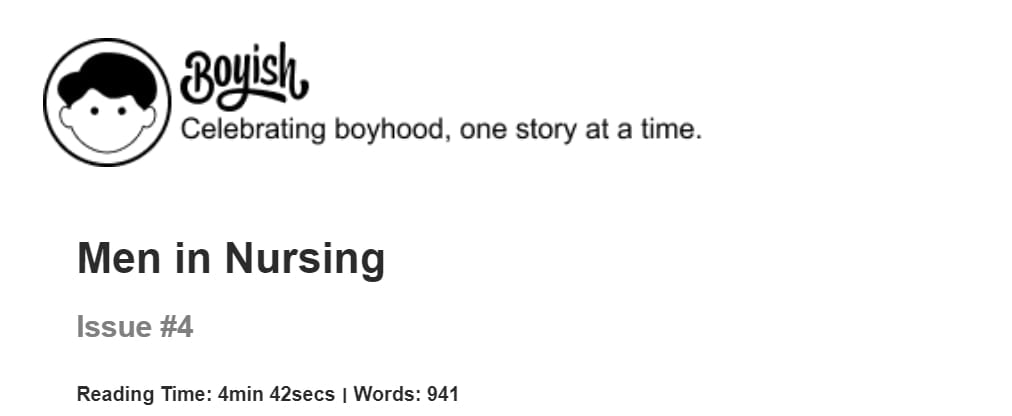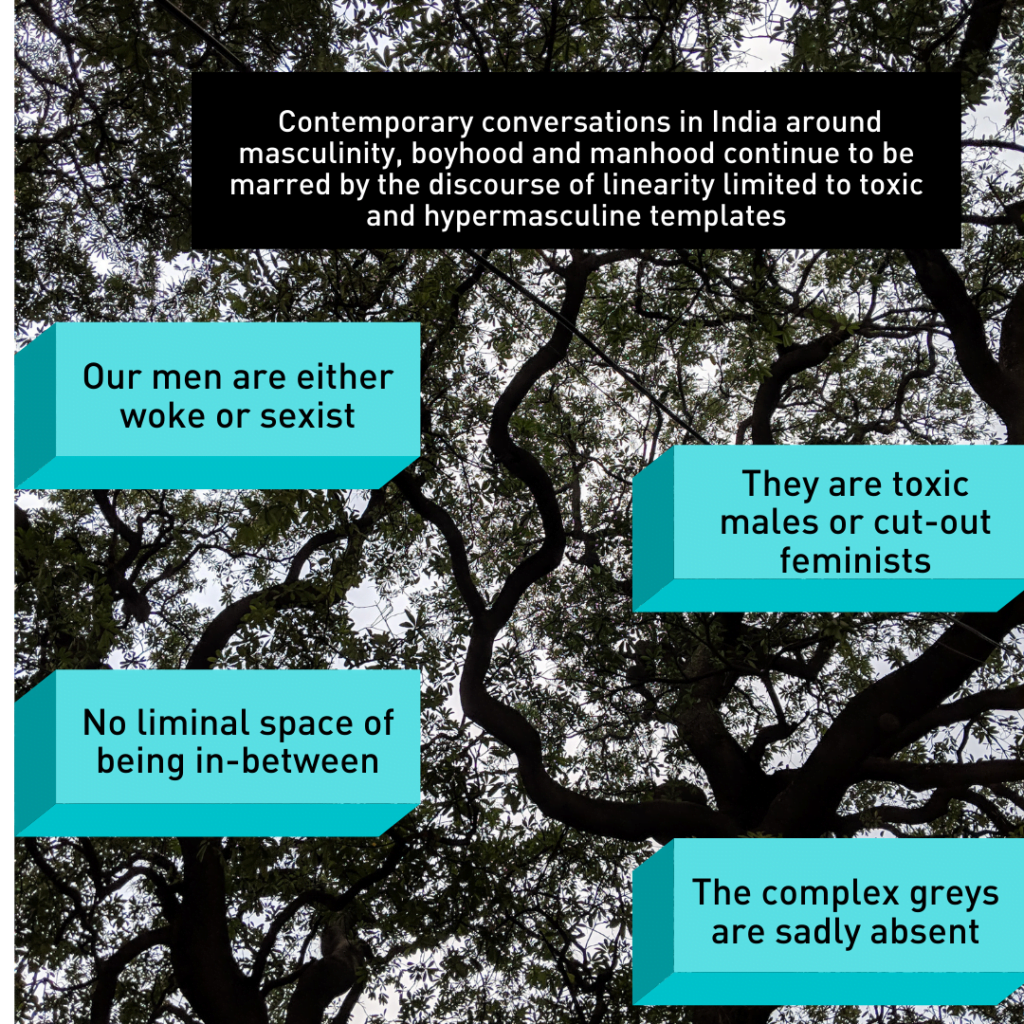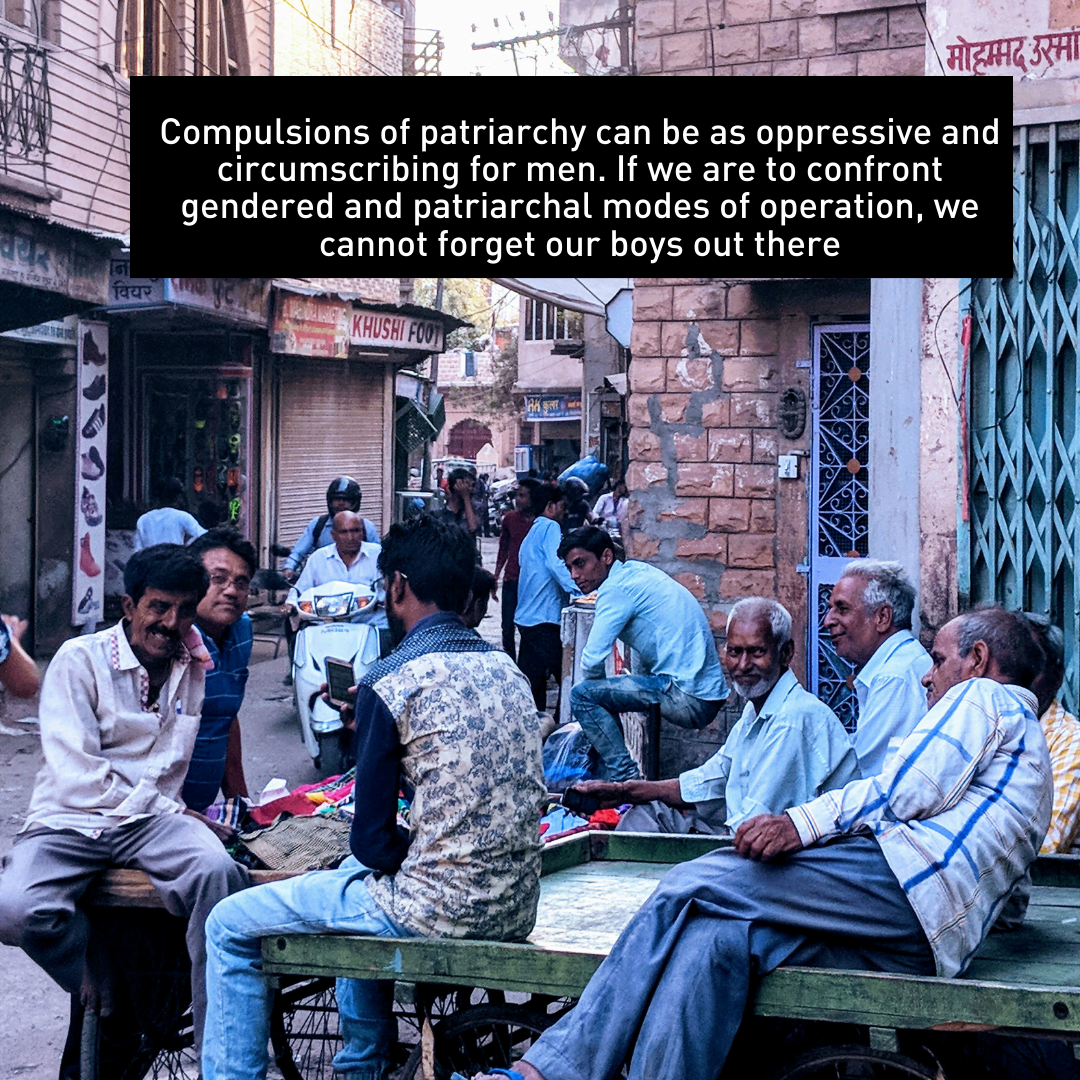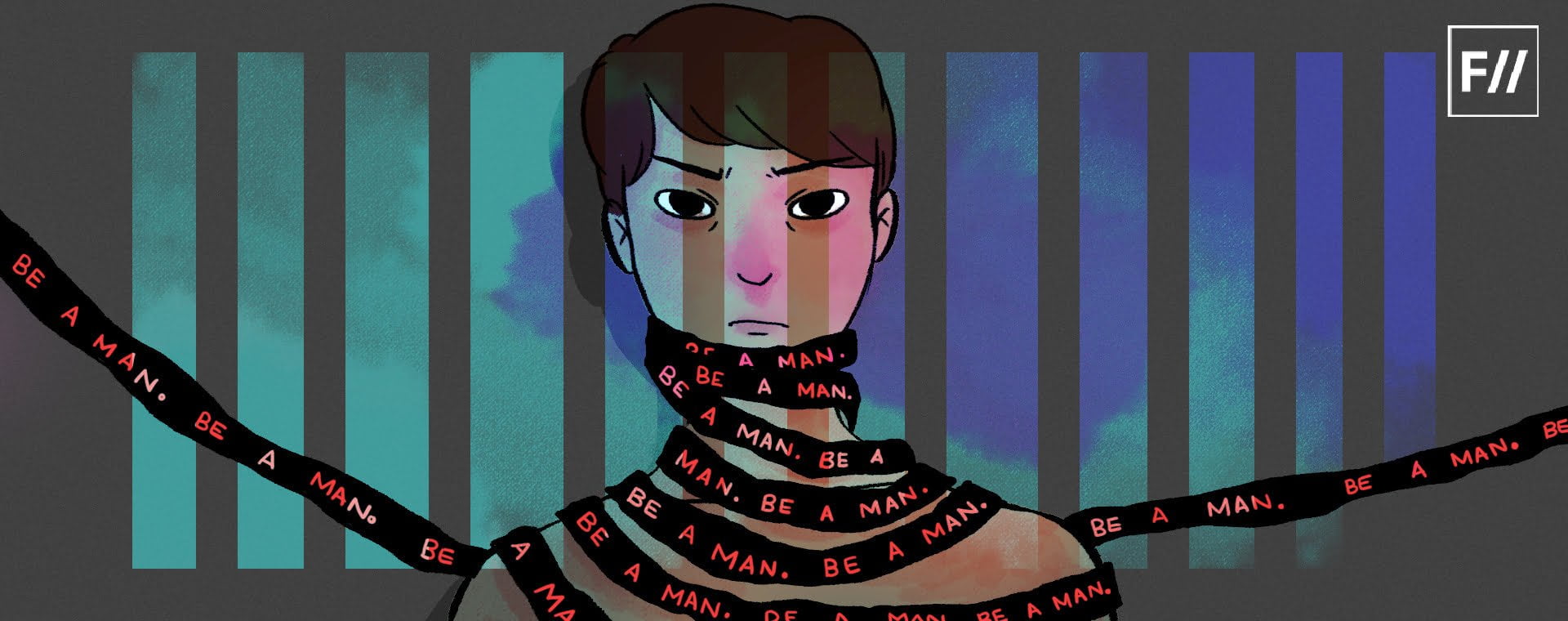Contemporary conversations in India around masculinity, boyhood and manhood continue to be marred by the linearity of toxic and hypermasculine template. There is no room for teasing out the various complex ways in which boys become men. In our urgent need to bring women’s question firmly in popular discourse, masculinities and related issues are something we often might tend to overlook. I speak in plural here for there is no one way of being a man, it is a series of processes, contexts and subject positions in which men find themselves in. The compulsions of patriarchy can be oppressive and circumscribing for men too. If we are to confront gender and patriarchal modes of operation, it is pertinent that we do not forget our boys out there.
Boyish, is a monthly newsletter, which contains one essay each month describing the lives of men who are contributing towards redefining the ideas and notions of dominant masculinity.
Popular fiction and non-fiction have been attempting to pull the complicated terrain of masculinities from the shadows, Shobhaa De’s Surviving Men, Jerry Pinto’s Surviving Women, Nisha Susan’s The Women Who Forgot to Invent Facebook and Other Stories and most recently Anubha Yadav’s The Anger of Saintly Men, among others, attempt to confront of us with the various ideas of being men, specifically, Indian men. In the same vein, albeit through a different and exciting format, Rajat Mittal, of the Menstrupedia brings us the stories of Indian boys and men, and the ways in which they negotiate their desires, hopes and frustrations in a society that expects them to fit and subscribe to the template. Mittal’s new deeply personal project, titled Boyish, is a monthly newsletter, which contains one essay each month describing the lives of men who are contributing towards redefining the ideas and notions of dominant masculinity. These essays are about 1000 words, beginning with the author’s reflection on that specific issue’s topic, let’s say nursing as a choice of profession for men, his personal views or the notions he once had, before going into a case study of someone who defied these ideas and struggled. The essay ends with links for further reading.
Also read: How COVID-19 Maginified The Performance Of Toxic Masculinities In My Family

Started from January 2021, every first Saturday of the month, an essay will land in your inbox, giving you a peek into the lives of everyday Indian men, telling you stories you probably have not heard before. Beautifully illustrated by Ajin Mohan, it comes with images of men lithely pirouetting, tentatively practicing art and drawing, and tapping to Zumba beats. The essays range from the possibilities of being a male nurse, the struggles to learn and perform ballet to issues of fatherhood, surveying how prevailing attitudes about gender and sex impinge on the agencies of men who wish to enter the fields of care-giving (hitherto seen as women’s domain) or even bodily performance via dance which is seen as un-manly or those who find it difficult to negotiate new unfamiliar terrains.

Dancing has always been that activity which men can perform socially but is looked down upon when pursued professionally. It has all the connotations which refer to it as a feminine activity, thereby producing anxieties which compel men to shy away from experimenting with this possibility. The first essay tells the story of a similar boy, who much to his earlier derision, gets drawn to the world of ballet and goes on to make it a part of his life eventually. Another essay on men hesitatingly entering the world of Zumba, ironically reveals how the founder of this international high-intensity exercise dance form is a man himself, though this program from an advertising standpoint has been predominantly marketed towards women. The story of a Zumba instructor who grew up being bullied for being scrawny, ultimately finding solace in the gym to beef up, tells you so much about how body image issues can be equally or more unforgiving for men as well. This is reflective of a culture which expects men to indulge in weight-training exclusively, to fit the martial, brawny and brave template and identity. Another story, of a male nurse will be unsettling for a few. The journey of a man who wants to study to become a nurse, and then struggle to get a nursing job at a hospital only to be viewed suspiciously by patients is thought-provoking. Everything about a nursing role screams women in people’s minds. The act of caring, nursing and nurturing is firmly a gendered activity in popular imagination, and going against this norm seems to challenge the very foundation of caregiving in the healthcare ecosystem. The ridicule and effeminate jibes do nothing but produce further isolation and reification of gendered division of labour when it comes to caregiving.
Also read: Detectives Of The 99th Precinct: A Feminist Reading Of Masculinities In Brooklyn Nine Nine
These stories fill the vacuum of what we don’t know or have deliberately ignored about our boys and men, and the seizing of their masculinity by society at large. How do boys learn to be men? The restrictions and freedoms of what masculinity should be, can be equally oppressive for men as well. To know these stories is to develop a perspective on the possibilities, the exclusions, the privileges and the constrictions of masculinity. The format of Boyish includes personal narratives, factual information and statistics, linkages to popular culture and additional reading links for those who want to delve further into the issue.
The format of Boyish includes personal narratives, factual information and statistics, linkages to popular culture and additional reading links for those who want to delve further into the issue.
Since this is a curation of personal narratives of a few men who have railed against and triumphed over social pressures, I’m certain that there might be others out there fighting similar battles, in their own ways, or feel imprisoned by the rigid expectations of how their masculinities should be expressed, how men are expected to behave, and will find inspiration and comfort in these lines. So far five essays have been out since January, and it is an encouraging initiative to unearth and highlight stories of men who struggle against dominant conceptions of how men should behave and the professions they should take up. Boyish is a neatly packaged format, albeit a little sanitised. We are yet to see stories of non-binary and trans men as well as issues of violence which could expand our engagement with the multiple, layered and complex issues of Indian men and their struggle in society at the intersection of gender and sexuality.
Aakriti Kohli is an assistant professor, researcher and documentary filmmaker. She teaches media and cultural studies, and has a keen interest in writing on gender and technology. She is currently working towards her PhD on screen media and the youth. She can be found on Instagram.
Featured image source: Aakriti Kohli




